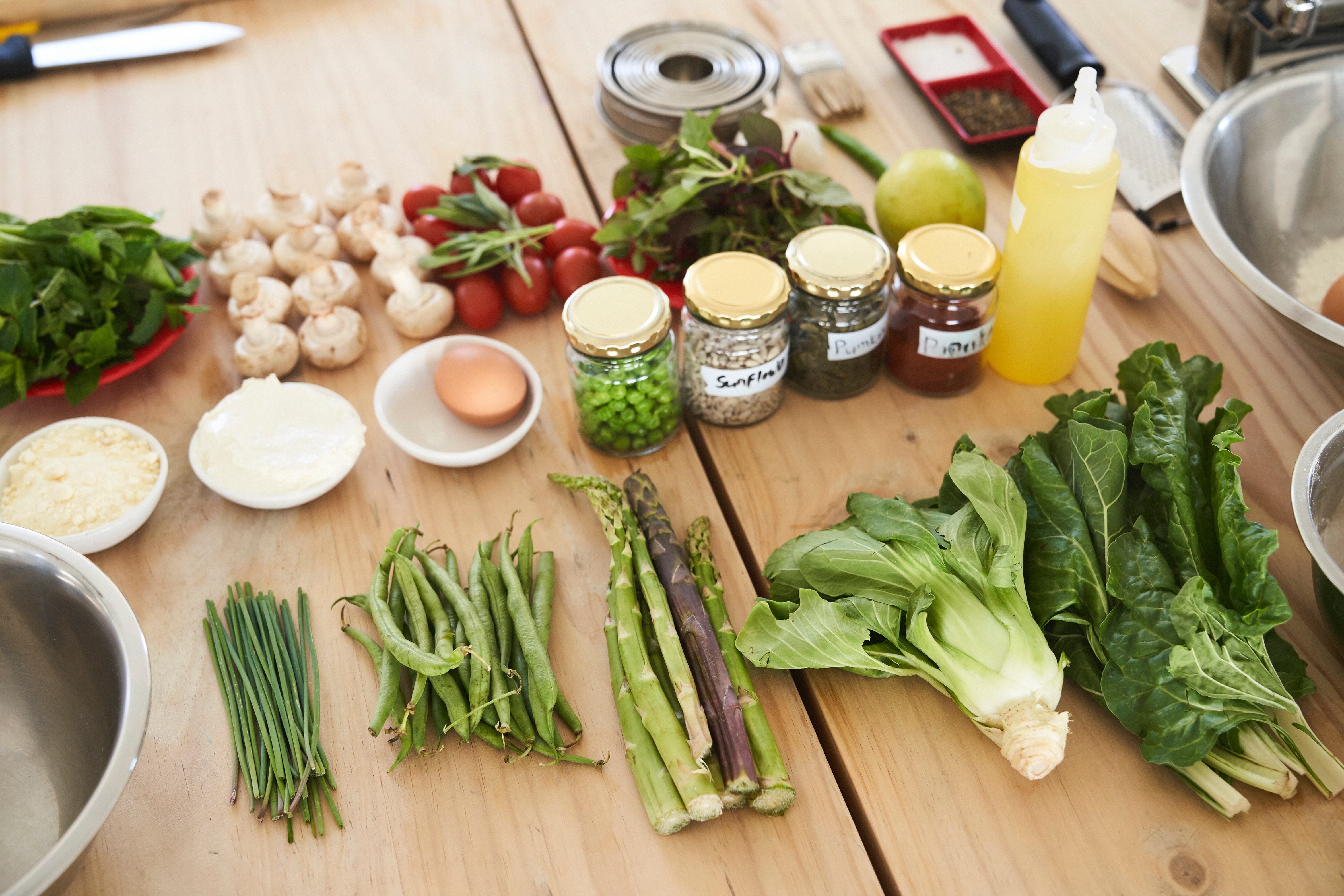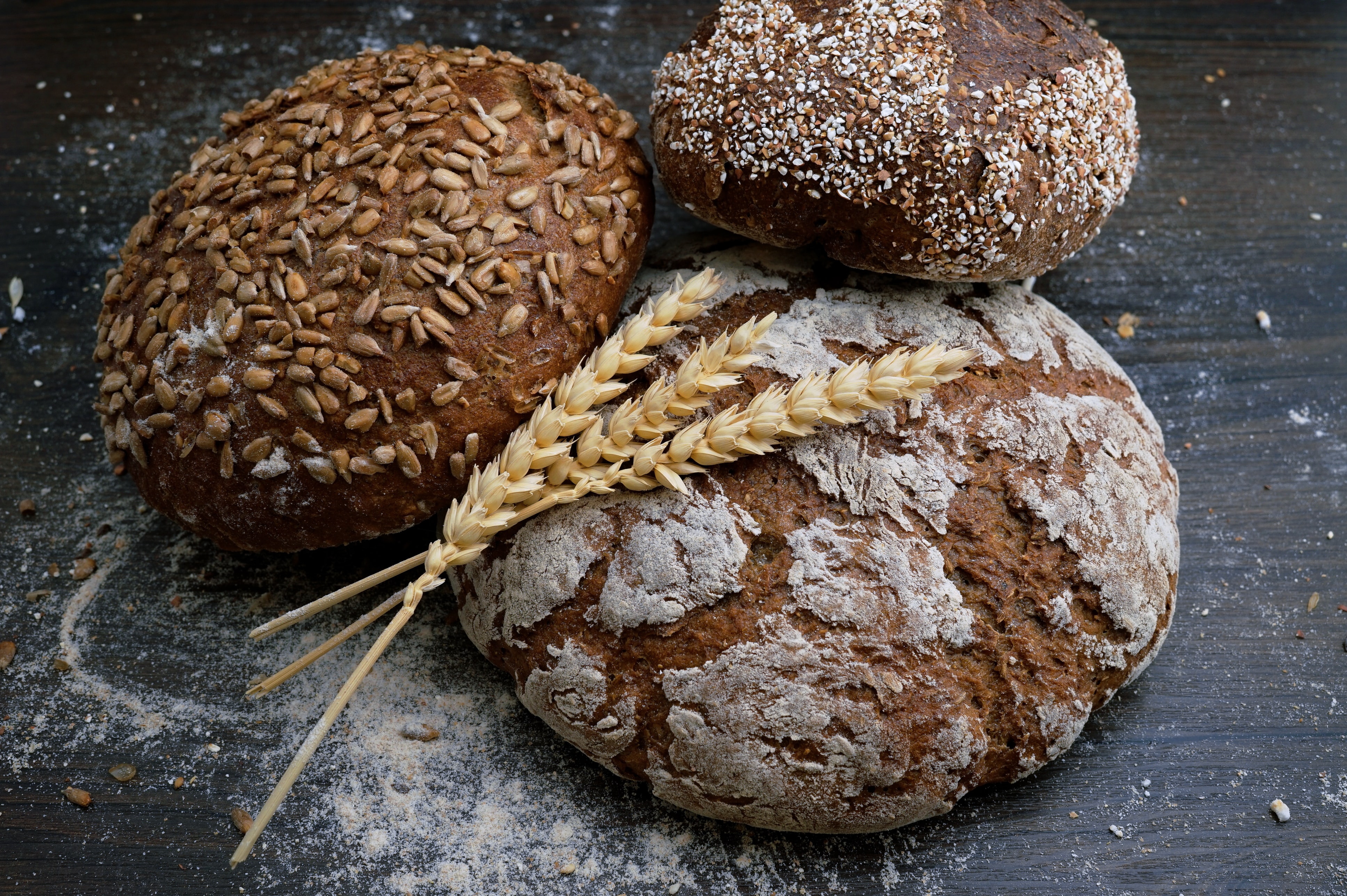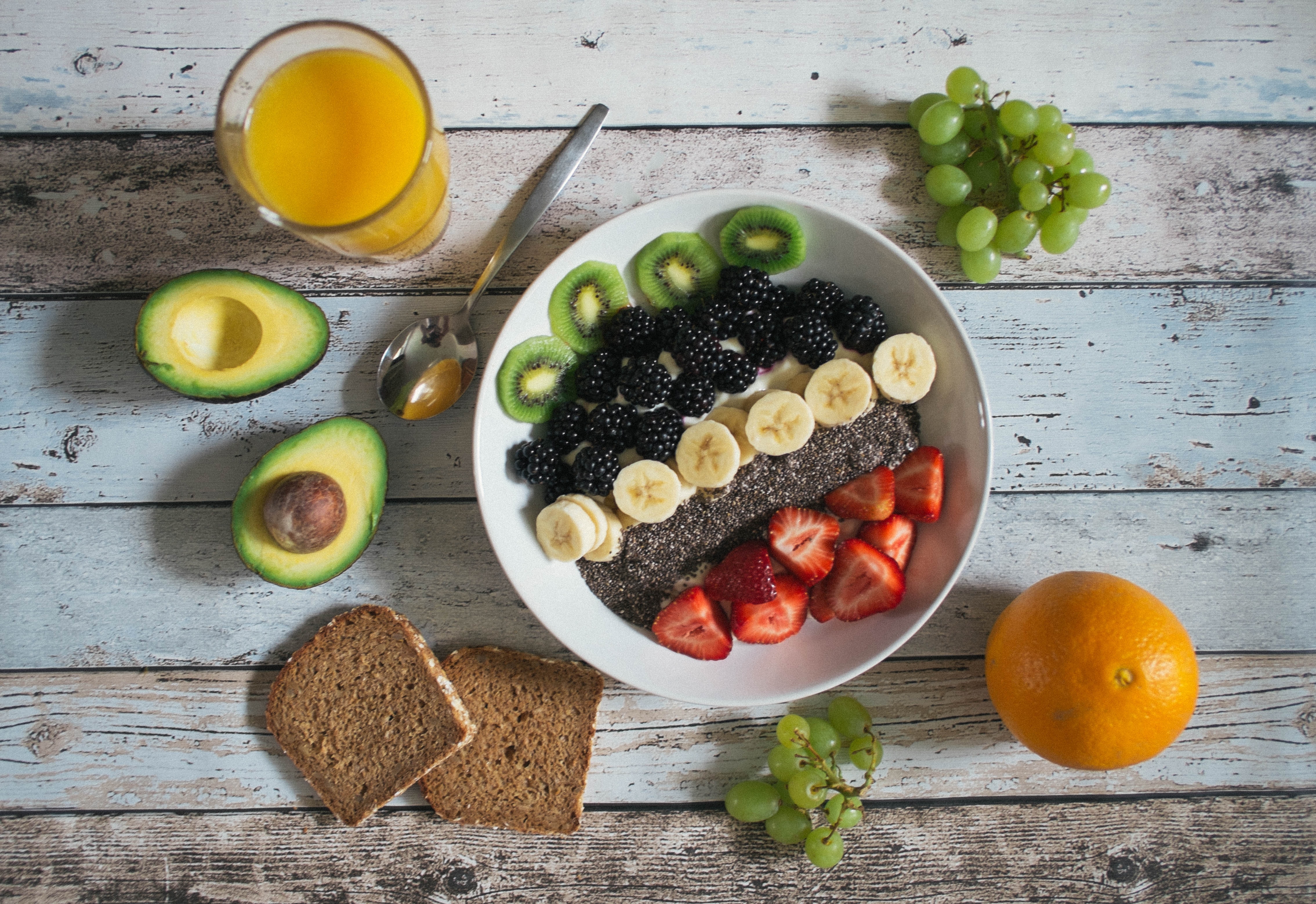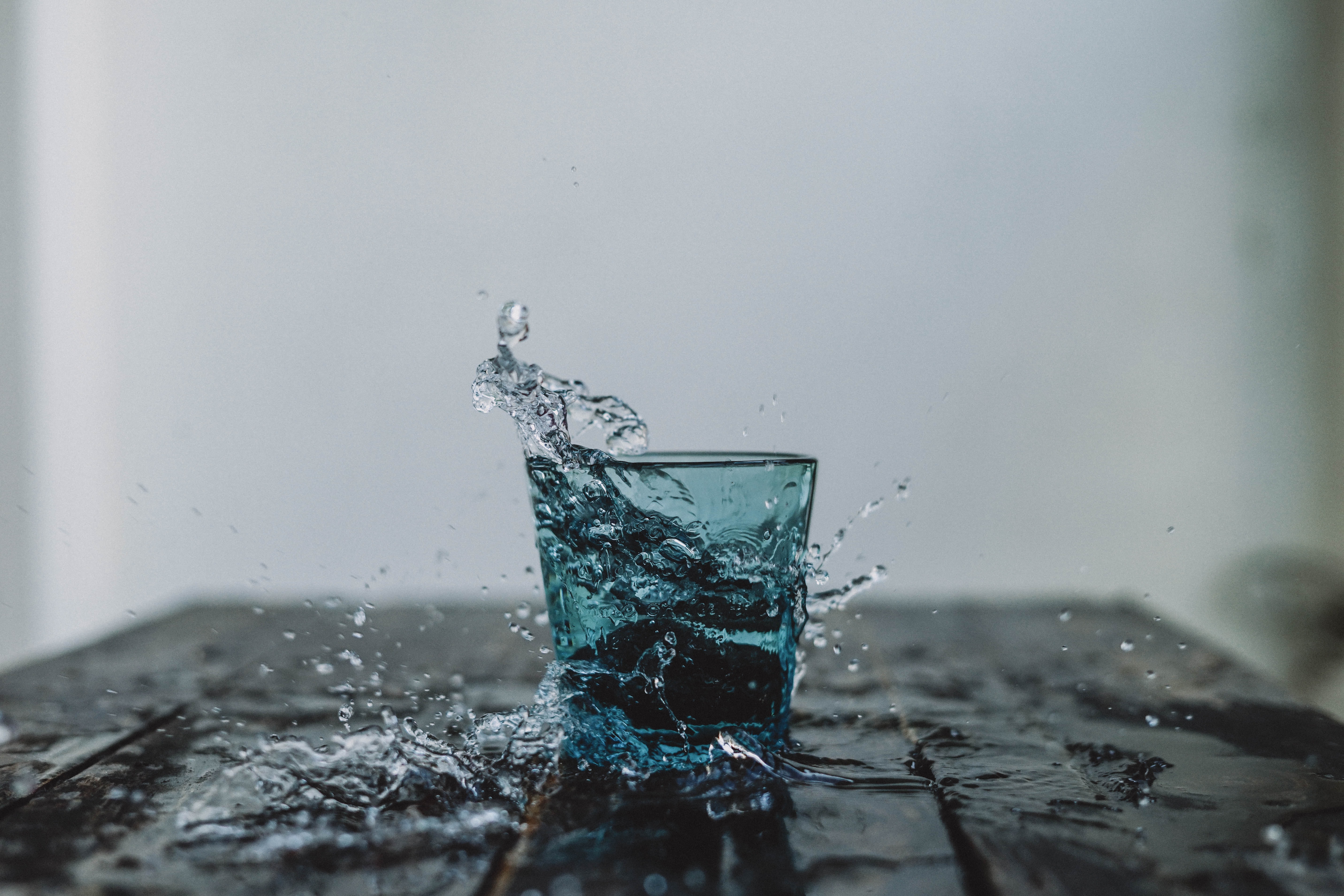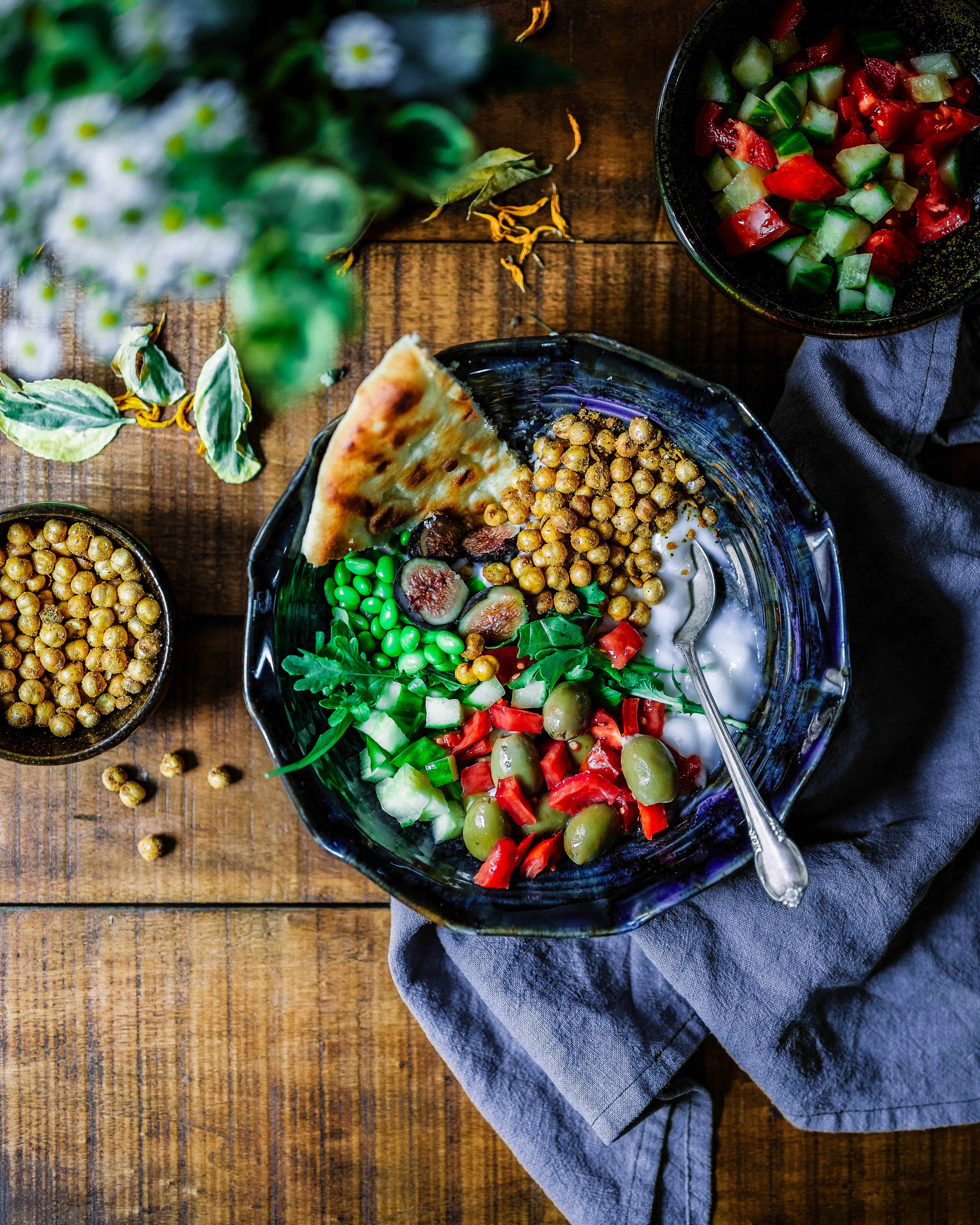Guide to Eating Right - Timing, Portion Size
4 minuteRead

To eat or not to eat? It’s an eternal question, right? Cravings, cheat meals, diet, carbs, fat - if your brain goes wack-a-doodle thinking about all, this article is perfect for you. In this one, we have covered everything you need to know all bout healthy things to eat that is entirely missing from our stressful lives.
What is “eating right”? Food guide
Healthy food. Balanced diet. We’ve all heard about it. But what exactly comes under these two words? More protein, less fat? More carbs, less dairy?
Worry no more because we have broken it down for you in simpler terms! - guide to Eat right
Lots of Greens!
‘Greens’ will typically include vegetables and fruits. Among the essential habits many people often overlook, this is the key to a balanced diet. Packed with nutrients, antioxidants, minerals, and fibers, fill half of your plate with fruits and vegetables during every meal.
Whole Grain Items
Grains like barley (sattu), bajra, maize, corn, rice, oats, whole wheat, buckwheat (kuttu) offer you a lot of fats, vitamins, fiber, starchy carbs, proteins, and plenty of other nutrients. Remember to fill a quarter of your plate with whole green items during your meals. Avoid consuming refined grains as they sorely lack the nutrients in nourishing your body.
Include Rich Proteins
Most of you must remember that proteins are bodybuilding food. Make sure to include dairy items (milk, Dahi/yoghurt), eggs, fish, legumes, nuts, etc., in your daily diet. Non-vegetarians can prefer two servings of fish every week, and vegetarians must consume dairy products almost every day. A quarter of your meal must always contain proteins.
Hydration makes you cool!
There is no harm in drinking water. It is, however, one of the important parts of a diet. The benefits of water are countless, and none of us is unaware of it. Drink eight glasses of water without fail every day.
When to eat, and what does it include?
Never underestimate the clock when it comes to eating. It makes all the difference. Skipping or delaying meals, especially breakfast, has been a common issue when studying or working. Let me enlighten you—
Breakfast
NEVER SKIP! Being the first meal of the day, it holds the most importance. Ironically, it is the most neglected as well. Try to have your breakfast after half an hour of waking up in the morning, no later than 10 a.m.
What to eat?
A lot of fibres, a good amount of protein, and some carbs. Daliya, poha, oats, idli, besan chilla, sprouts, upma, bharwa paratha, puri aloo, eggs (boiled or omelette) with either tea, coffee, or juice.
Lunch
Try to keep a gap of 4 hours between your breakfast and lunch. Do not delay it later than four in the afternoon. The ideal time is around 1:00 p.m. HEAVIEST MEAL OF THE DAY.
What to eat?
Must include green vegetables, fruits, salad, legumes, cereals filled with carbs, proteins, and fibres. Seasonal fruits and vegetables are preferred. Rice and roti, raita or achar, curd, a salad consisting of cucumber, carrot, onion, and/or tomato. It may also include meat and/or eggs, depending on availability and your taste!
Dinner
Remember to keep a gap of 2 hours between your sleep time and dinner. Try to have your dinner before ten at night. IT SHOULD BE LIGHT AND EARLY!
What to eat?
The diet must include proteins and lots of liquids. Check on your intake of carbs. Green vegetables, dairy products such as paneer or eggs, legumes, roti or paratha, and salad are preferred. Avoid eating meat regularly as it takes longer to digest. According to Ayurveda, milk after an hour of dinner is healthy.
Snacks
In between meals, YOU ARE FREE TO HAVE SNACKS. Researchers have put thought into it and found the correct time you can be free to grab snacks, hopefully healthy! According to your mealtimes, you can eat around 11 a.m. and 3 p.m. and something light after dinner, if you feel like it.
What to eat?
Dhokla, Kathi roll, dry fruits, nuts, low-fat oil kebabs, cutlets, pakoras, makhana, churmura, bhel puri, seasonal fruits, etc.!
Why is the diet of a woman different from a man?
A woman's body goes through many changes with menstruation, menopause, pregnancy, breastfeeding, etc. She has to take extra care of herself to keep her fit and her family. It is no surprise that her body is built differently than a man’s. Her intake of nutrients and her diet is undoubtedly different as well.
What is especially needed in women?
During menstrual cycle:
- Drink lots of water.
- Add more water-rich sweet fruits to your diet.
- Eat more green leafy vegetables to compensate for your lower levels of iron and magnesium.
- Ginger tea can help soothe muscle aches.
- Dark chocolate (100 gms) is also rich in iron and magnesium, which helps with cramps.
During menopause:
- Women going through menopause must consume dairy products (milk, cheese, dahi/yoghurt) for vitamin D and K for bone strength.
- Whole grains provide many nutrients such as vitamin B and fiber, reducing the risk of heart disease.
- Fruits and vegetables are rich in vitamins and minerals, fibers, and antioxidants.
- Include food with high protein content like fish, egg, and meat into your diet.
During pregnancy:
- Consume complex carbs with whole grain, legumes, dry fruits, beans, etc.
- Take protein in large amounts with fish, egg, meat, seeds, yoghurt, and cheese.
- Green vegetables are necessary for the fulfilment of vitamin needs.
- Fibers are essential as well, and it comes in oats, nuts, berries, etc.
- Limit your caffeine intake but drink lots of water.
During breastfeeding:
- Fish and meat are helpful to meet the demands for the nourishment required for the newborn.
- Fibre-rich starchy food such as oats, potatoes, lentils, and buckwheat are also important.
- Nuts, seeds, and dry fruits are nutrient-dense, whole foods that help in producing more milk in the mother.
Cook your food at home to avoid eating outside or packed food. Replace sugary drinks with more water. Make sure to include vegetables and fruit in your diet. Eat smaller meals but eat often.
Write, Record and Answer! Consume Unlimited Content! All you need to do is sign in and its absolutely free!
Continue with one click!!By signing up, you agree to our Terms and Conditions and Privacy Policy.




